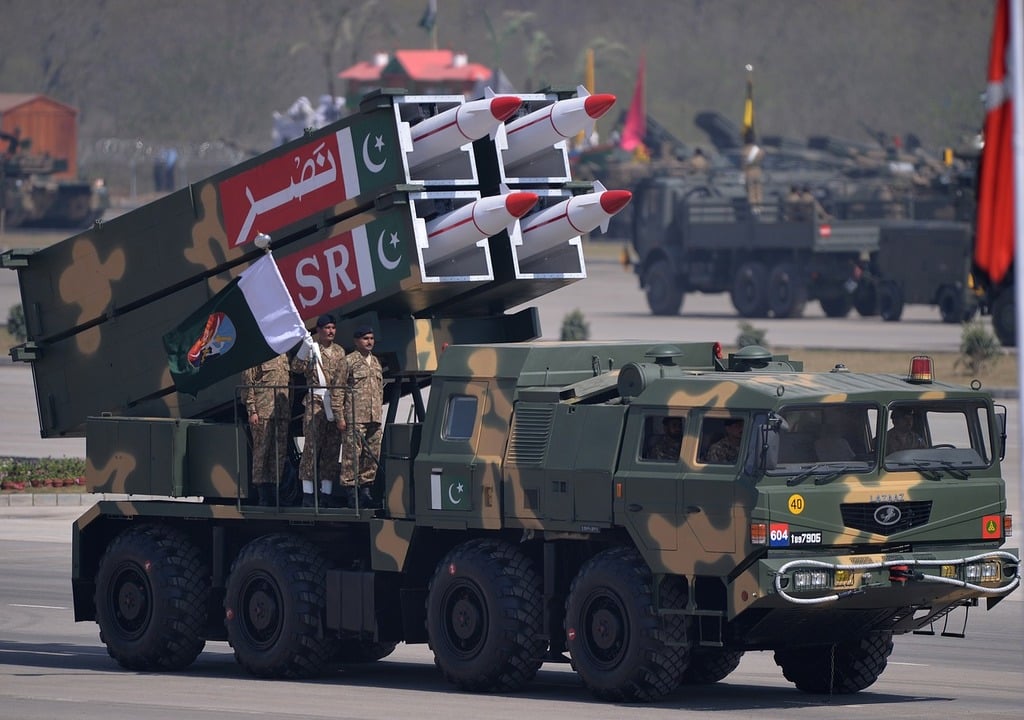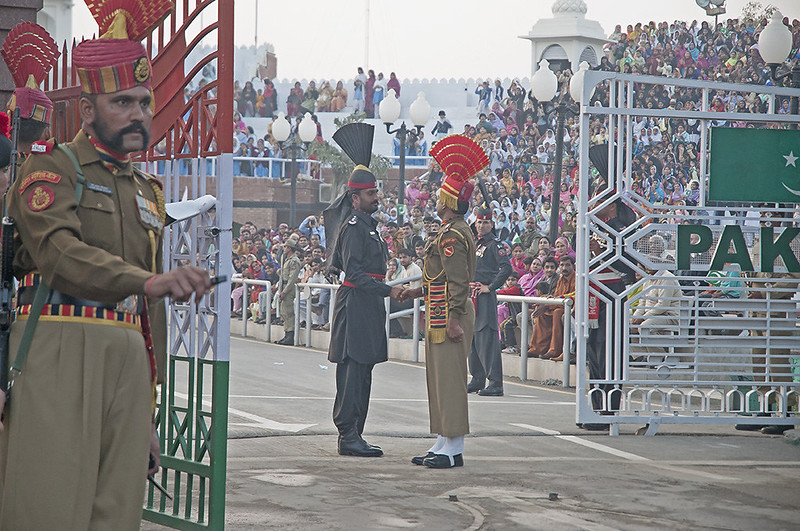
The Calm Before the Storm
After weeks of rising tensions and heated rhetoric between Islamabad and New Delhi, the situation finally crossed a boiling point. On the morning of May 08, 2025, a full-scale military confrontation officially began between Pakistan and India. The early hours of Day 1 were marked by confusion, rapid troop movements, and the grim realization that diplomacy had failed—again.
Despite international calls for restraint, both nations appeared determined to flex their military might. As dawn broke across the Line of Control (LoC) and the international border, reports began pouring in of cross-border artillery fire, aerial skirmishes, and ground assaults.
Key Developments on Day 1
1. Cross-Border Shelling and Air Strikes
By 5:00 AM local time, residents of border towns on both sides reported heavy shelling. Key Pakistani cities including Sialkot, Lahore, and Muzaffarabad experienced sirens and power outages, with citizens rushing to shelters. In India, areas such as Jammu and Pathankot were also placed on high alert.
Around 6:30 AM, the Indian Air Force launched limited precision airstrikes targeting what they described as “strategic military installations” in Pakistani-administered Kashmir. In response, Pakistan scrambled its JF-17 fighter jets and retaliated with its own targeted strikes across the LoC.
2. Ground Engagements Begin
By mid-morning, reports confirmed that infantry and armored divisions had begun engaging along key sectors of the border, including the Sialkot-Jammu and Kashmir-Poonch sectors. These engagements were mostly skirmishes but suggested a broader mobilization underway. Defense analysts observed that both nations seemed to be testing each other’s readiness and response thresholds.
3. Civilian Casualties and Displacement
Tragically, Day 1 of the war has already resulted in civilian casualties. At least 28 civilians have been confirmed dead, with over 100 injured in different regions along the border. Thousands have been displaced, with schools closed and emergency shelters set up in Punjab and Azad Kashmir on the Pakistani side, and Jammu and Punjab regions in India.
Global Reactions
The international community reacted swiftly. The United Nations Security Council called an emergency meeting. China and the United States urged both sides to “exercise maximum restraint” and offered to mediate. Meanwhile, social media was flooded with a mix of solidarity, propaganda, misinformation, and concern, highlighting the digital front of modern warfare.
NATO and ASEAN expressed concern over regional stability, particularly in light of both nations’ nuclear capabilities. Several international airlines canceled flights over South Asian airspace.
A Dangerous Path Ahead
Day 1 of the Pakistan-India war has already raised alarms globally. Analysts fear that if hostilities continue, the consequences could be catastrophic—not just for the region but for global peace. With two heavily armed nuclear powers engaging in open conflict, the margin for error is dangerously thin.
While both governments claim to act in “national interest,” the ultimate price is often paid by civilians—men, women, and children—caught in the crossfire.






